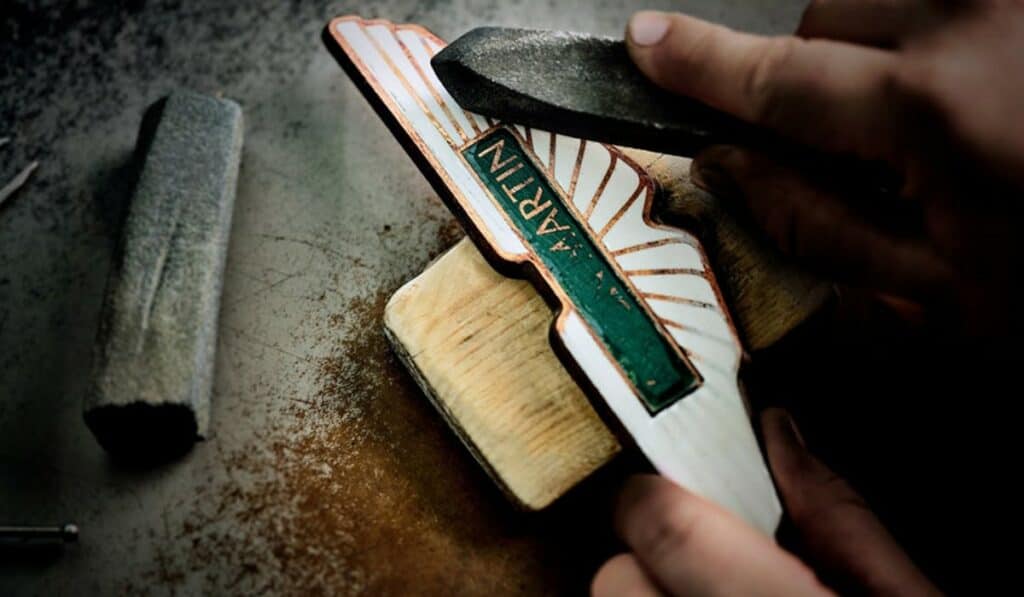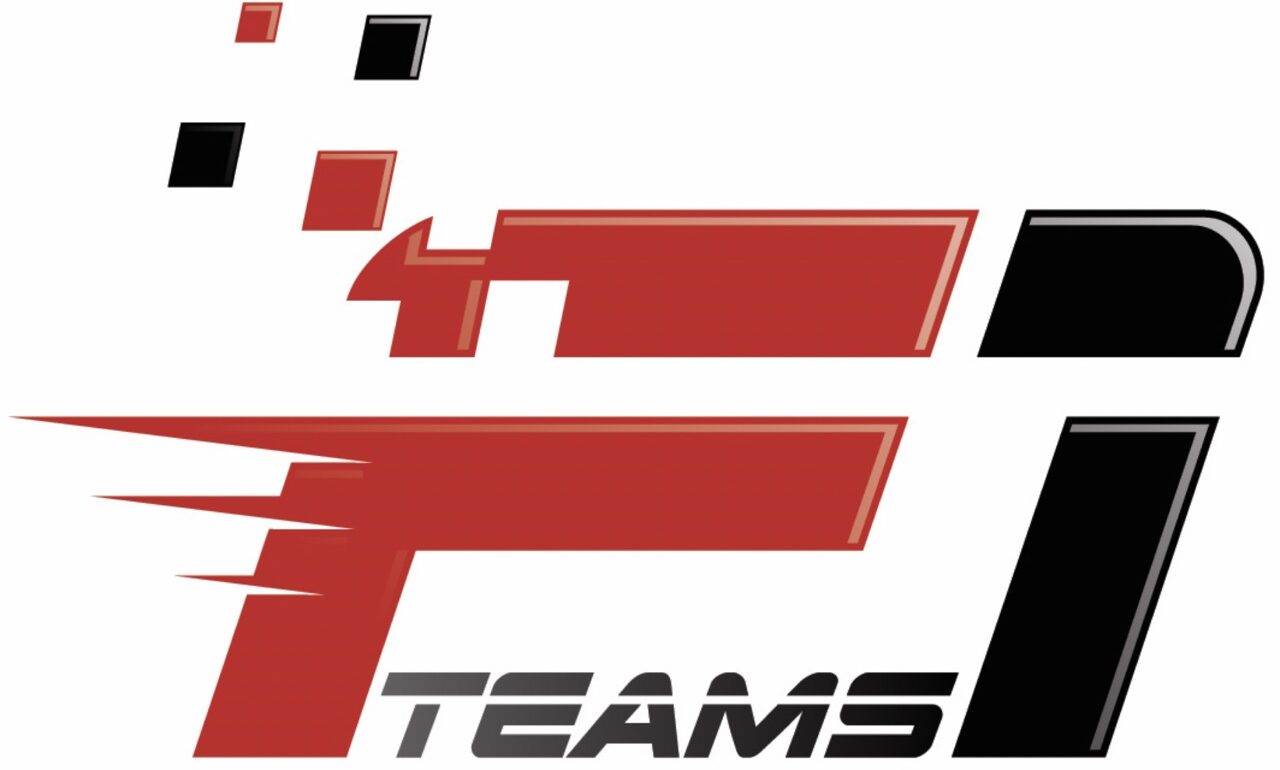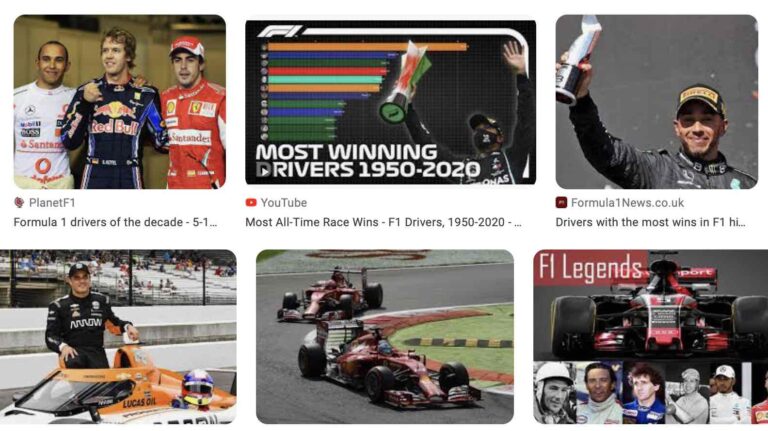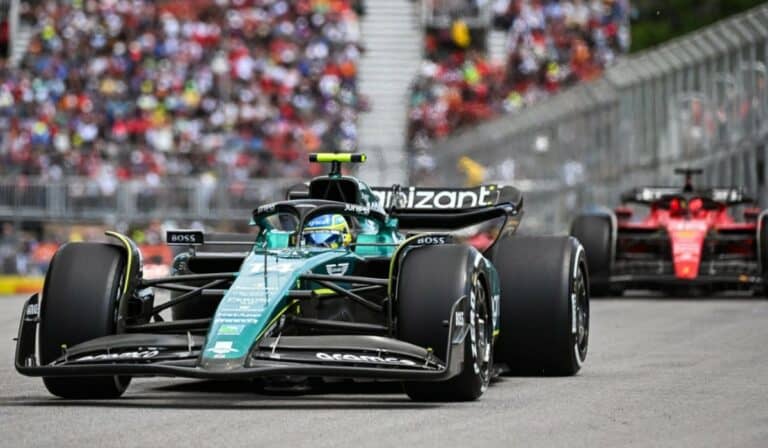The Iconic Aston Martin Logo: From Heritage to F1 Glory
Aston Martin is a name that evokes sophistication, power, and British motoring heritage. But beyond the beauty of its cars lies another element that’s just as iconic: the Aston Martin logo. Sleek, sharp, and elegant, this emblem is a symbol of prestige and performance. From its origin story to its evolution in Formula 1, and how it proudly adorns every Aston Martin vehicle, the logo is more than a badge—it’s a legacy.
In this article, we explore the origins, design philosophy, modern adaptations, and meaning behind the Aston Martin logo, including its F1 version and how it’s represented on the car itself.

The Origins of the Aston Martin Logo
Early Beginnings of the Brand
Aston Martin was founded in 1913 by Lionel Martin and Robert Bamford. The company name came from Martin’s successful run at the Aston Hill Climb in Buckinghamshire, England. Thus, Aston (from Aston Hill) and Martin (his surname) formed the brand.
But the Aston Martin logo didn’t appear in its current form until much later.
The First Logos and Their Evolution
The earliest known logo (1913) was a simple design featuring the letters “A” and “M” inside a double circle. By the 1920s, a new version was introduced with more flair—a winged emblem to symbolize speed, elegance, and agility.
This winged motif would become the cornerstone of the brand’s visual identity.
What Does the Aston Martin Logo Symbolize?
Wings That Represent Freedom and Performance
The winged design reflects speed and freedom, drawing inspiration from Egyptian mythology, where wings symbolized protection and power. In the context of automotive design, wings also suggest flight, movement, and technical precision.
A Balance of Luxury and Sport
The logo embodies a dual identity. On one hand, Aston Martin is known for its luxury—sumptuous interiors, hand-built craftsmanship, and bespoke detailing. On the other, it’s a serious performance machine. The Aston Martin logo captures this balance perfectly: elegant, but with a sense of controlled aggression.
The Modern Aston Martin Logo Design
Minimalist and Sleek Aesthetic
Today’s Aston Martin logo features a clean, streamlined version of the iconic wings, with the brand name boldly displayed across a horizontal green bar. The silver and green color palette reflects nature, British tradition, and modern elegance.
In 2003, a significant update introduced sharper lines and a more modern look—part of Aston Martin’s efforts to remain contemporary while honoring tradition.

Logo Placement on the Car
The Aston Martin logo on the car is strategically positioned to enhance both branding and aerodynamics. You’ll typically find the emblem:
- Front grille: prominently centered for maximum visibility
- Rear of the car: near the license plate area
- Steering wheel and interior detailing: subtle but luxurious
- Wheel hubs and engine bay: for brand consistency
This careful placement ensures the logo becomes a cohesive part of the car’s identity, not just a badge.
The Aston Martin F1 Logo: Racing into the Future
Aston Martin’s Return to Formula 1
In 2021, Aston Martin made a long-anticipated return to Formula 1, rebranding the Racing Point team into the Aston Martin F1 Team. With this came a refreshed Aston Martin F1 logo, tailored for motorsports while preserving the brand’s iconic winged identity — a true nod to its motorsport legacy. Joining Formula 1 again in 2021, Aston Martin competes in a highly regulated environment where the standardization of rules ensures fair competition and safety for all teams and drivers.
Differences Between the Regular and F1 Logos
While the core design remains the same, the Aston Martin F1 logo is usually flatter, more minimal, and adapted for digital and broadcast media. You’ll often see it:
- On team uniforms and race suits
- On the nose cone and rear wing of the F1 car
- In promotional materials and digital branding
The F1 version removes excess ornamentation for speed, simplicity, and modern branding impact.
The Role of Design in F1 Performance
Formula 1 cars are masterpieces of engineering, where every curve and line is designed for speed and stability. The shape of an F1 car plays a crucial role in maximizing aerodynamics, allowing the vehicle to cut through the air efficiently while maintaining grip through corners at blistering speeds.
Aston Martin’s F1 cars reflect this philosophy, blending cutting-edge technology with their signature elegance to compete at the highest level.
Where You See the Logo in the Real World
Street Cars and Supercars
Whether it’s the Vantage, DB11, or the stunning DBS Superleggera, every Aston Martin proudly wears the logo like a badge of honor. It’s a sign that the vehicle isn’t just transport—it’s an experience.
In Pop Culture and Film
The Aston Martin logo has featured prominently in James Bond films, most notably on the DB5. This has helped cement its reputation as a stylish, elite, and British cultural icon.
Logo Collectibles and Merchandise
Aston Martin offers a range of licensed products featuring the logo—from watches and jackets to keychains and luxury travel bags. For enthusiasts, the logo isn’t just about the car—it’s about being part of a lifestyle.
Future of the Aston Martin Logo
As Aston Martin moves towards electrification and embraces more sustainable practices, its branding is expected to evolve subtly. The wings will likely remain, but slight design updates may modernize the look for a new generation of drivers.
Expect to see:
- More monochrome versions for electric models
- Subtle animations for digital dashboards
- Streamlined shapes for aerodynamic integration define the aerodynamics edge
The Power of a Symbol
The Aston Martin logo is more than just a design—it’s a legacy. From its humble beginnings to its refined current form, it tells a story of ambition, craftsmanship, and excellence. Whether it’s racing in a prestigious event like the Las Vegas Grand Prix or parked elegantly on a city street, the logo represents one thing above all: class
Curious about how Formula 1 evolved into the thrilling global sport it is today? Explore the History of Formula 1 to see how legendary teams like Aston Martin helped shape its exciting journey.
So next time you see the Aston Martin logo on a car, whether it’s an F1 beast or a road-going grand tourer, you’ll know you’re witnessing over a century of design, heritage, and passion.

FAQs
What is the meaning of the Aston Martin logo?
The wings symbolize speed, elegance, and freedom. It reflects Aston Martin’s commitment to performance and luxury.
What is the difference between the regular logo and the F1 logo?
The F1 version is sleeker, flatter, and optimized for media and racing liveries, while the traditional logo is more detailed and used on production cars.
Has the logo changed over time?
A: Yes, it has evolved from a simple monogram to a winged icon, with major redesigns in the 1920s, 1940s, and early 2000s.
Where is the logo placed on Aston Martin cars?
A: It appears on the front grille, rear, steering wheel, wheel hubs, and interior details.







